Plants for different soil types
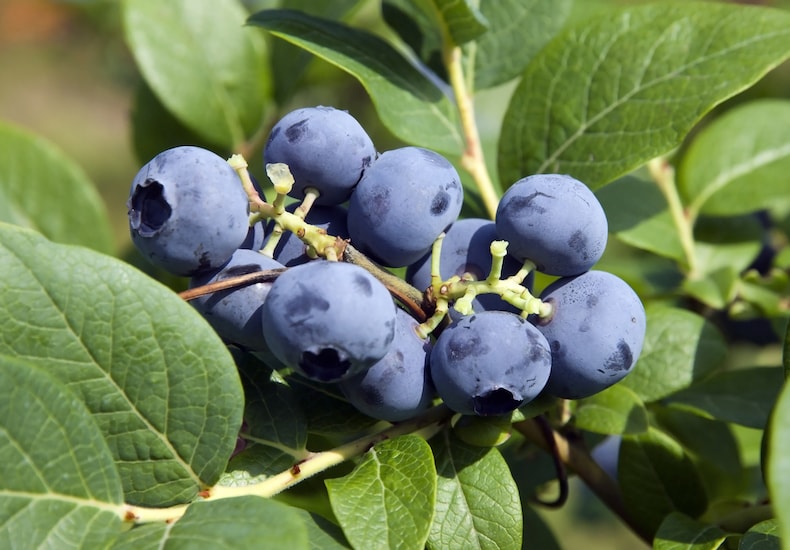
Blueberries must be grown in acid soil
Image: Blueberry 'Bluecrop' from Thompson & Morgan
Your favourite plants don’t seem to thrive in your garden? Check your soil – its structure, acidity and fertility have a major impact on what will or won’t grow.
Here we take a look at soil – what it is, how you can assess yours, and what you can grow in acid or alkaline ground.
What is soil made of?
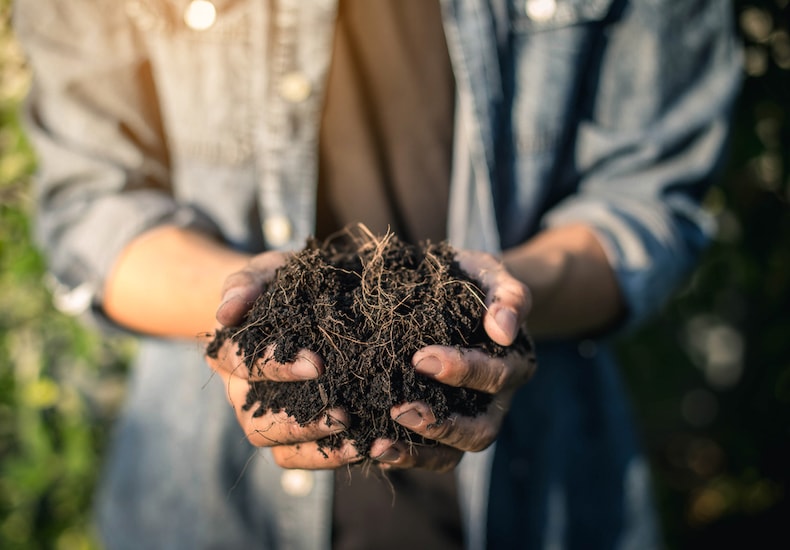
Your soil is the foundation for all plant life in your garden
Image: bluedog studio/Shutterstock
Take minerals from rocks, organic matter in the form of rotted manure and vegetation, and organisms – bugs, bacteria and worms that help to aerate and condition your veg patch – and what you get is soil. The foundation and nutrient source for all plant life in your garden.
What kind of soil do I have?
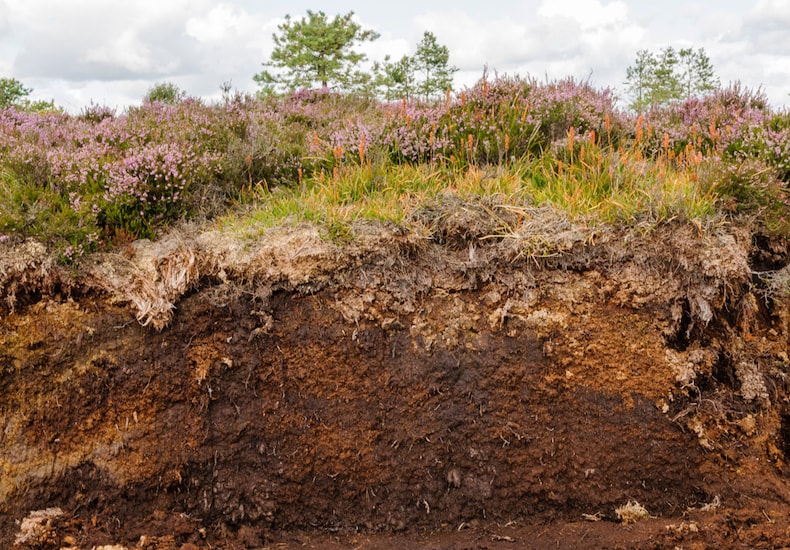
Before you start gardening, make sure you know what type of soil you have
Image: Stephen Barnes/Shutterstock
Different geology, topography, and weather conditions mean each of us has a unique mixture of minerals, organic matter and organisms in our patch. That said, your soil will share similar characteristics with neighbouring gardens and will reflect the general makeup of soils in the area.
| Soil type | Properties |
|---|---|
| Clay soil | Full of minerals, this soil is fertile but quickly gets cold and waterlogged in winter, and during the summer, bakes to a crust. Sticky mud you can roll into a sausage is a clay soil. |
| Silt soil | Like clay, silt is fertile, holds water and is easy to compact. Unlike sticky clay, silt soils have a silky consistency. |
| Sandy soil | Sandy soil has much larger mineral grains than clays and silts. It’s free draining and thanks to the air trapped within it, sandy soil is also warmer than either clay or silt. However, it tends to be low in nutrients, dries quickly, and is often acidic. Sandy soil is gritty and crumbly in texture. |
| Chalky soil | The consistency of this soil varies considerably depending on its precise makeup – some are heavy, some quite light, but all chalky soils tend towards alkalinity. |
| Peat soil | Full of dark organic matter, peat soils hold a lot of water. |
| Loam | Combines elements of sandy, clay, and silt soils to produce the best of all worlds, a soil that’s moist, fertile and drains well. |
Acid and alkaline soils
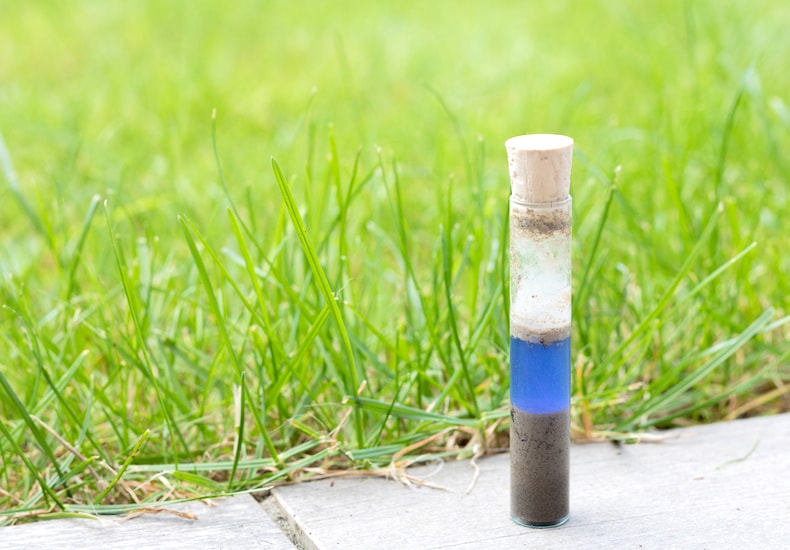
A simple test kit from your garden centre will help you measure the pH of your soil
Image: philmillster/Shutterstock
You can measure the acidity of your soil using a soil test kit available from all good garden centres. A pH value of 7 is neutral – less means your soil is acidic, more makes it alkaline. A soil additive may make a temporary difference to the pH of your soil, but in general, good gardeners grow the plants best suited to the soil at their disposal.
Acid soils
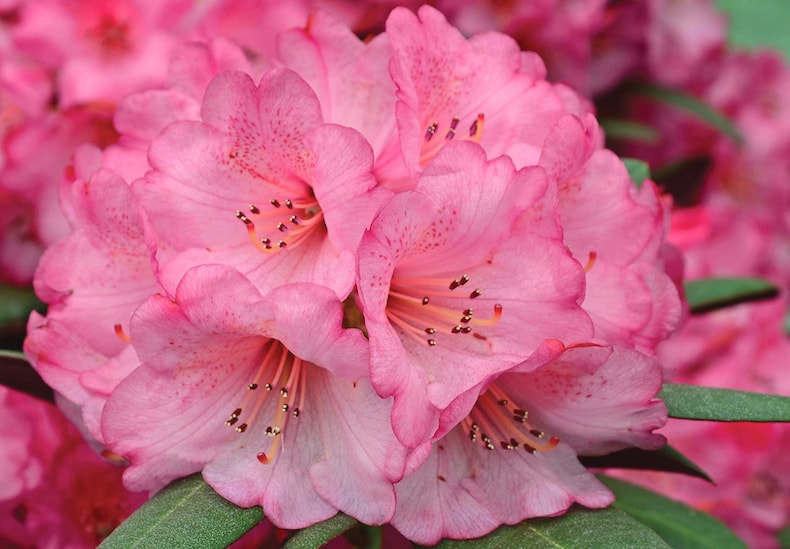
Rhododendrons thrive in acidic soil
Image: Rhododendron 'Wine and Roses' from Thompson & Morgan
If there’s a lot of organic matter breaking down in your soil, it will tend to have a lower pH value. But just because your soil is a little on the acidic side doesn’t mean there’s nothing you can grow in it. On the contrary, slightly acidic soils support a wide variety of plantings:
- Magnolias – like neutral to acid soils, and are adaptable enough to grow in any moist, well drained loam. Those with clay or silt soils should improve their soil to stop it getting waterlogged.
- Rhododendrons – love acid soils, and prefer moist ground, but won’t cope well with water-logging.
- Heather – likes damp, peaty soils which makes it ideal for acid ground. Camellias – woodland plants originally from Japan, China and Korea, Camellias like moist peaty acid soil best, but do grow in other soils provided there’s plenty of organic matter, and adequate drainage.
Alkaline soils
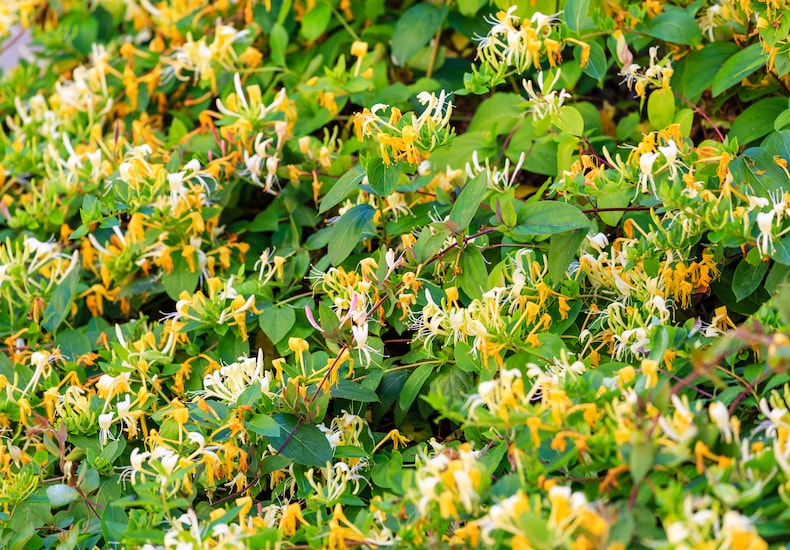
Plant honeysuckle near windows or around exterior door frames
Image: Honeysuckle 'Graham Thomas' from Thompson & Morgan
Soils which contain significant quantities of chalk or limestone have a higher pH value – they’re alkaline soils. And while adding organic matter will help balance the soil over time, you’re probably better off growing some of the wonderful plants that thrive in chalky soil:
- Lavender – wonderfully aromatic and a mecca for bees, lavender loves free-draining chalk soil.
- Honeysuckle – another bee-friendly plant that smells divine, sun-loving honeysuckle thrives in fertile soil with good drainage.
- Lilac – like fertile, well-manured soils that drain easily. These low-maintenance plants require little more than an occasional prune, and like a sunny spot in which to thrive.
- Verbascum – like light chalky soils in full sun, and will reward you with a dazzling display.
There are lots of things you can do to improve your soil's structure and fertility. But don't try to work against the natural conditions in your garden. Visit our plants for a purpose resource page to find out the best things to grow where you live.
Return to
Other quick links
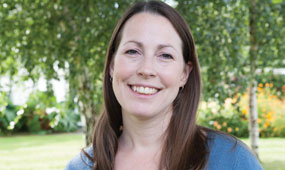
Written by: Sue Sanderson
Plants and gardens have always been a big part of my life. I can remember helping my Dad to prick out seedlings, even before I could see over the top of the potting bench. As an adult, I trained at Writtle College where I received my degree, BSc. (Hons) Horticulture. After working in a specialist plantsman's nursery, and later, as a consulting arboriculturalist, I joined Thompson & Morgan in 2008. Initially looking after the grounds and coordinating the plant trials, I now support the web team offering horticultural advice online.Sign Up For Exclusive Special Offers




© 2024 Thompson & Morgan. All rights reserved. A division of Branded Garden Products Limited.



